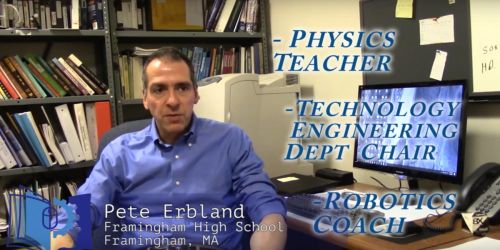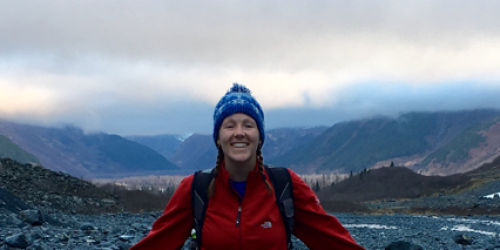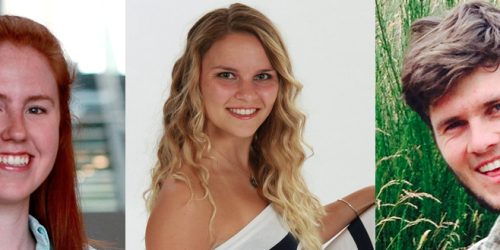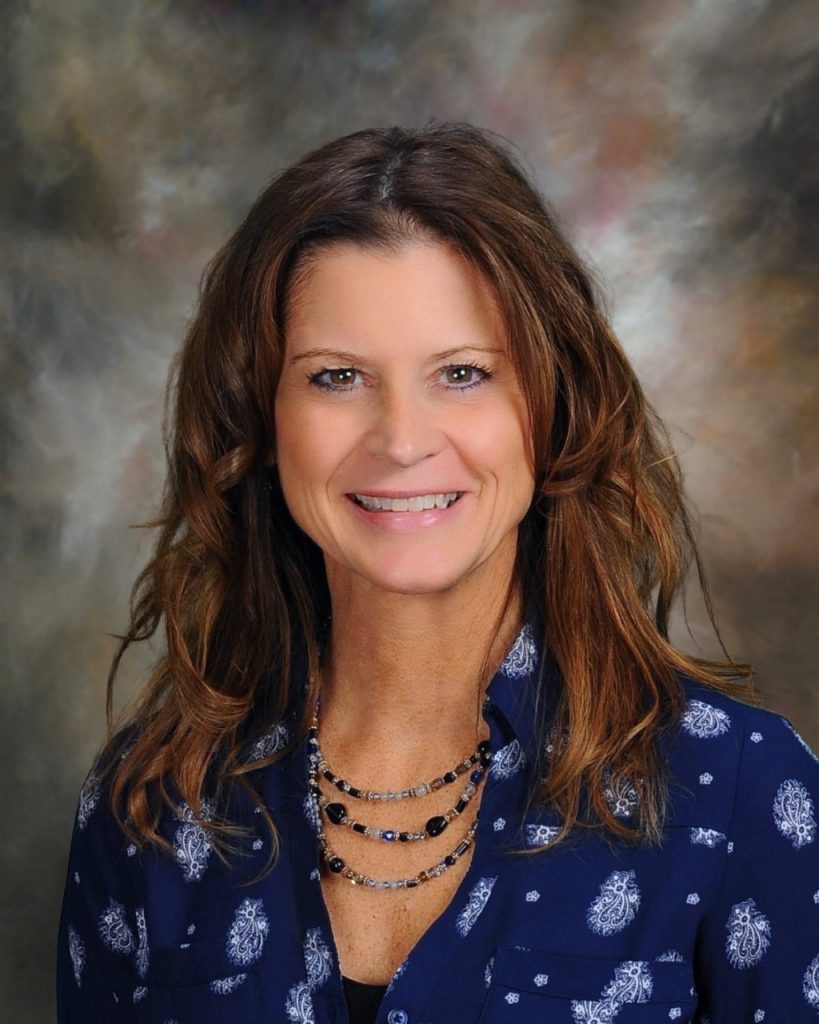
Tufts Center for Engineering Education and Outreach (CEEO) were lucky enough to check in with one of our Teacher Engineering Education Program (TEEP) Alumni, Kathy Donovan. Kathy shares with us what teaching though a pandemic has been like and how she used her experiences in TEEP in her online teaching.
Unprecedented, uncalculated, unheard of. These are some of the descriptive words my elementary school educators and I have heard describing the current school year of ‘20-’21 and I agree that it has certainly been an undoing of all that we once knew.
I liken it to the wild-wild-west of education with bucking Chromebooks and sheriff-teachers left unable to harness the wild-eyed, rowdy, cowboy & cowgirl students left unsupervised at the saloon. There are tumbleweeds spinning down the hallways tangled up with the old technology of paper & pencils we once used and no one has the time or the need to chase them down. And, when windstorms of internet disconnection, speaker malfunction, and ZOOM-freezes block the terrain of our classroom, when we realize that this pandemic dustbowl that we now we find ourselves in has dramatically changed the climate of our profession, all of us are determined to not be undone. There is still much more left to uncover and unlock.
So, in my occupation as an elementary school STEAM-enrichment educator, I have had to totally reimagine my connections with students. Because my program builds its rosters from the recorded student data received from the previous school year (and all of us know how that went!), I had nothing to work with. I had to re-engineer a whole new mindset about reaching our students and this STEAM-analogy did not get lost on me. It was apparent that we all had a huge problem to solve. We had to approach it as engineers would: see the problem, deconstruct it, ask questions, create solutions, test them out, gather feedback and begin another iteration to improve on the design.
All of this brought me back to what I learned while participating in the Tufts University Teacher Engineering Education Program (TEEP) so I decided to follow this momentum and “Tuft it out”.
I looked at my stakeholders, my students and their teachers to discern what they needed. I knew my colleagues and the students’ families were desperately trying to keep their heads above water and me jumping up and down talking about enrichment was one of the last things they wanted to hear. How could I throw them a lifeline? After speaking with the Curriculum Department, I obtained permission to develop a STEAM-for-all outreach program for students and got to work on a new website using Google Sites. I explained the modalities of WONDER, SINK, EXPERIENCE in a letter to students and their families, and then reached out to my colleagues.
At the end of 2020 as we were all sent back, once again, to our home-hovels for remote learning, this is when I took the chance to take this STEAM-for-all on the road, into our ZOOM-rooms. I offered various STEAM challenges to our home-bound students based upon the materials students had at home (LEGO, recycled materials, etc.). I had my colleagues post save-the-date announcements in their Google Classroom pages explaining to students what they needed to have on hand to participate and although some did not have all the materials at home, I always provided the option to draw our their ideas. This was when I realized this remote-learning-experience was providing new opportunities for me, a new avenue to develop more of the concepts I learned while participating in TEEP. Remote learning was a great way to slow down the process.
When I was involved with TEEP, I learned how to truly listen to my students and evaluate how they were thinking about constructing their prototypes, but I often found it very challenging in the brick-and-mortar classroom to provide enough time to make this happen in the 40-minute allotment for time I had for each group. Although my students and I discussed the challenge criteria and restraints, I saw them rush to gather up materials from the Makerspace, not remaining cognizant of what we all just discussed. They were definitely focusing more upon what the end product was going to be, and, more often than not, designing more for themselves instead of the keeping stakeholder in mind which is a necessary element in design-based thinking. I wanted to develop my teaching strategies to expand more upon an important part of the STEM education process: to teach students how to slow down, explain their idea choices to one another which will help them develop a better design. Not always an easy thing to do with eager-beaver elementary students, but crucial to learn. The ZOOM-room experience now provided me with the slow-learning experience I was eager to develop in my pedagogy because since students were working solo at home, with less peer distraction, they had more time to think things through. I also saw that with students using their own materials found at home this offered more opportunities to show a greater display of solution diversity as it provided different perspectives in prototype construction.
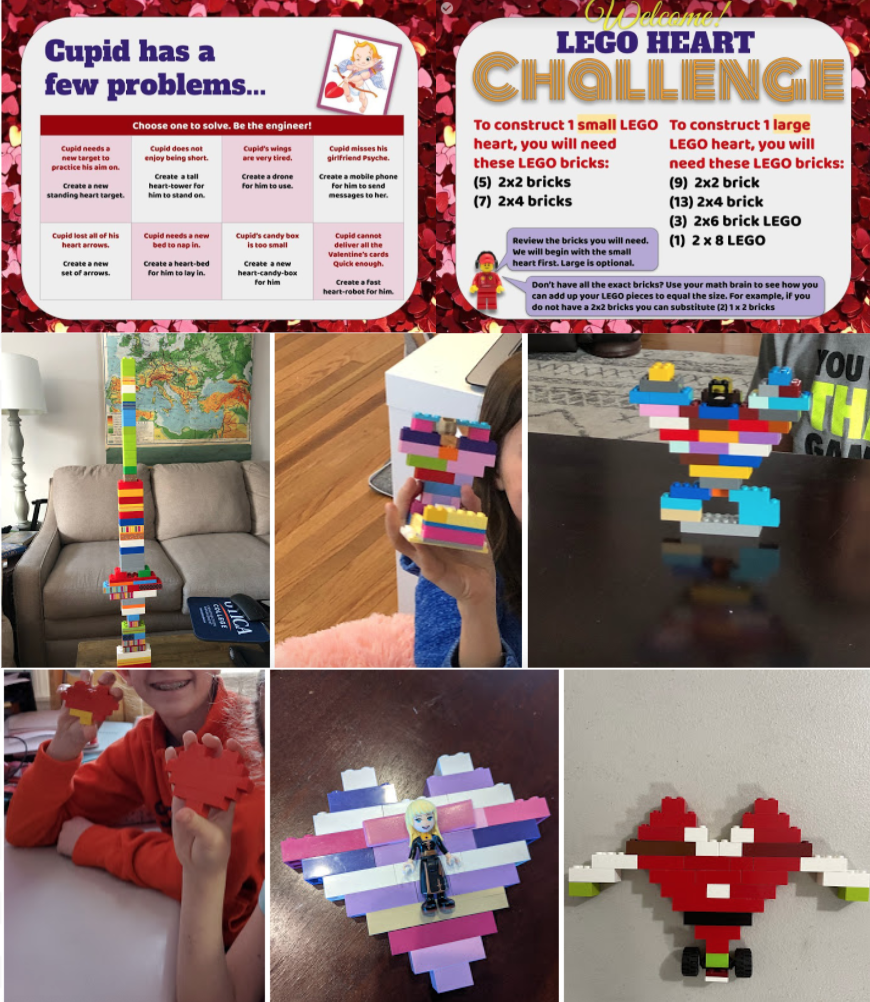
In one lesson I offered primary grades a challenge to create a chair out of their chosen building material. They each brought their one character to the ZOOM-room and after watching a kid-friendly SCI Show for Kids video on how to think like an engineer, talk about what features their character would desire, they were then charged with creating their chair-prototype. I talked to them about how although they were not all using pencil they were in fact sketching their ideas with their materials (fast prototyping). As I watched them all creating within the grid on my screen I would use the ZOOM SPOTLIGHT feature to enlarge their video square to ask them what specific features they were adding to their chair and why they felt their character would enjoy them. I would watch how other students were watching and gathering ideas from their classmate’s explanation. I also used this time to get them to think about other needs of their stakeholder. At the end of the session students would be allowed to show-and-tell their prototypes and depending on time left I would offer students the opportunity to provide feedback to one another. These ZOOM-room events truly enriched my sense of purpose.
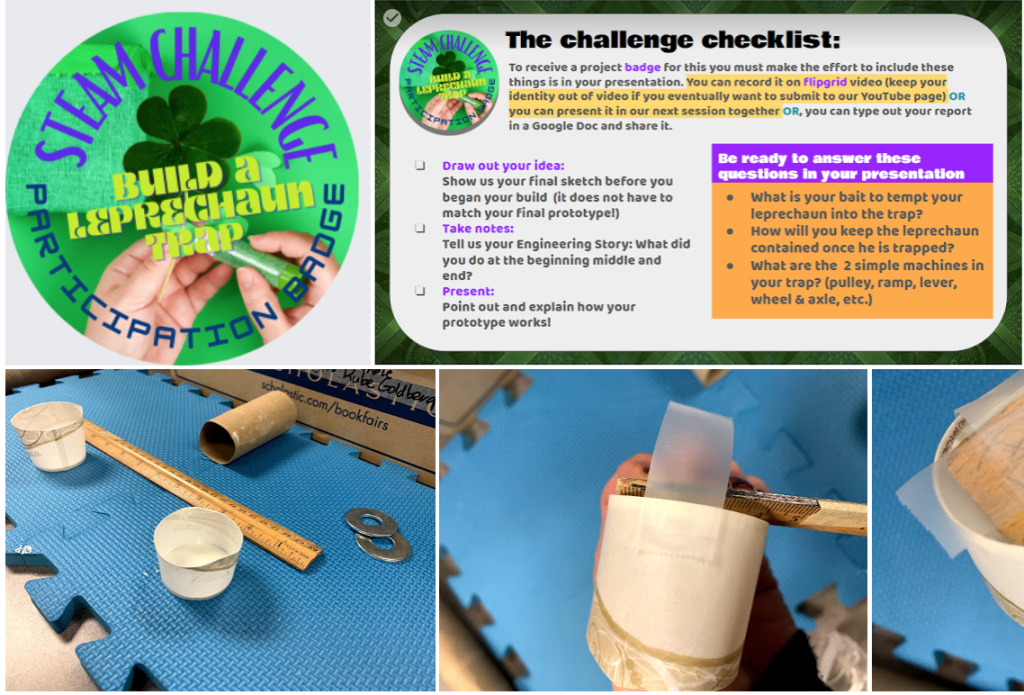

So, if this year has been the Wild Wild West tale of undoing, instead of making a ghost town of the STEAM-enrichment curriculum I once had, I was able to lean into what I learned in TEEP and re-engineer my teaching strategies. I have the hope to become the new open-minded sheriff in town and I look forward to the day when I can unmask, reinvent, more modes of teaching with the interdisciplinary mindset of STEAM.

